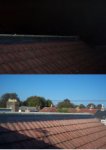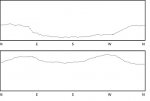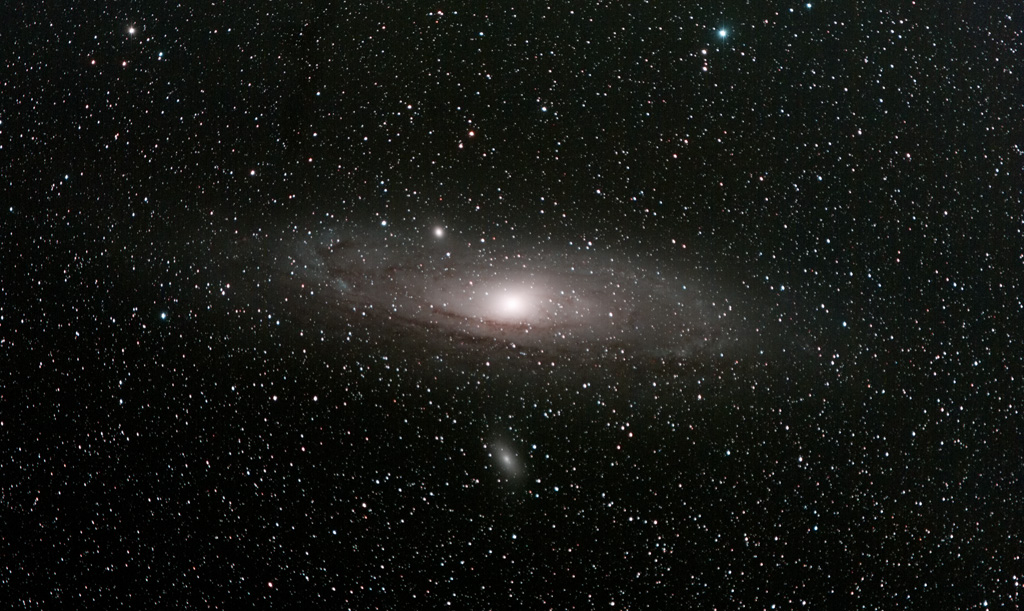Starting small is what I'm thinking as well. The bottom line is that it must actually work. I'd really like to be able to get the best at the beginning but frankly, with little or no experience of actually using anything it might end up being rather more disappointing than interesting.
But the minimum I'm looking at is something I can remotely operate. That is, motorised positioning, ( I think it's called GOTO or is that a trade name, appreciate any confirmation on that) and CCTV pickup.
I am seriously thinking about mounting the rig on my roof. I have two pitches, one running N/S, the other E/W. The advantage of using those is reduced light pollution, better line of sight to the sky, (considerably) and less chance that my equipment might be attacked by some of the neighbourhood cats.
But in the short term, the garden will be the first choice.
Below is an image of the e/w roof, taken in daylight and night. Though it was an overcast night, the image does show that there is not a great deal of light pollution. There is a street light SE. It isn't too bad and naturally quite low in the field of view. I'm hoping this can be overcome.

But the minimum I'm looking at is something I can remotely operate. That is, motorised positioning, ( I think it's called GOTO or is that a trade name, appreciate any confirmation on that) and CCTV pickup.
I am seriously thinking about mounting the rig on my roof. I have two pitches, one running N/S, the other E/W. The advantage of using those is reduced light pollution, better line of sight to the sky, (considerably) and less chance that my equipment might be attacked by some of the neighbourhood cats.
But in the short term, the garden will be the first choice.
Below is an image of the e/w roof, taken in daylight and night. Though it was an overcast night, the image does show that there is not a great deal of light pollution. There is a street light SE. It isn't too bad and naturally quite low in the field of view. I'm hoping this can be overcome.




